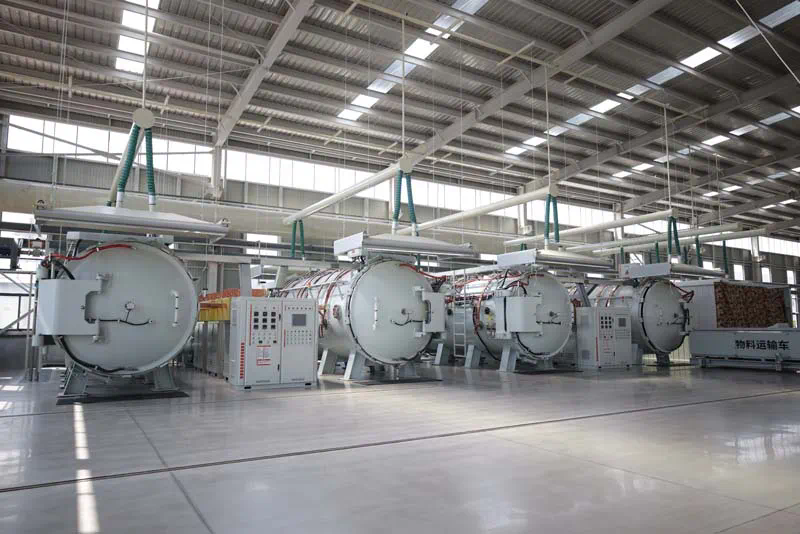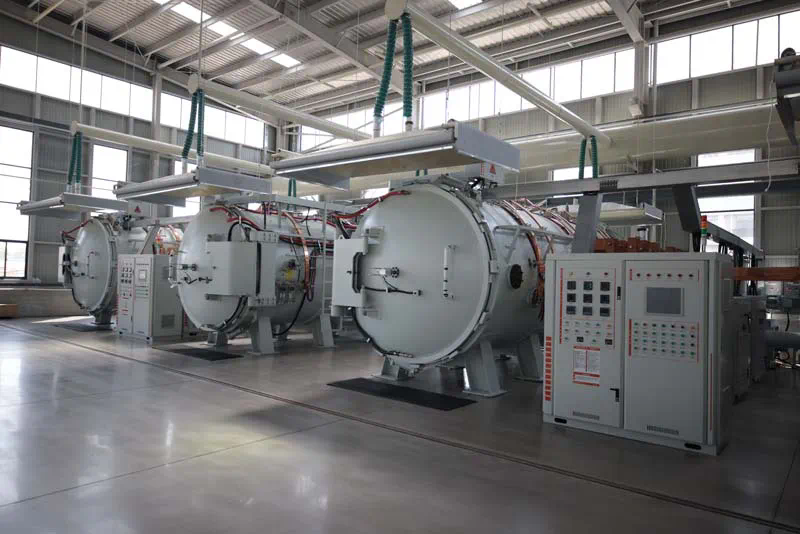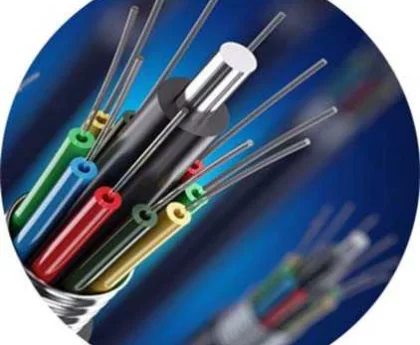Optimizing Heat Transfer in Kilns with Silicon Carbide Plates
Kilns play a crucial role in various industrial processes, particularly in ceramics, metallurgy, and glass manufacturing. The efficiency of these systems is significantly influenced by the materials used within them. Among these materials, silicon carbide (SiC) plates have emerged as a game-changer, particularly when it comes to optimizing heat transfer. This article delves into the science behind silicon carbide, its properties, advantages, and how it enhances heat transfer in kilns.
Understanding Silicon Carbide
Silicon carbide is a compound of silicon and carbon that exhibits remarkable thermal conductivity, high thermal stability, and excellent resistance to thermal shock. These attributes make SiC an ideal candidate for high-temperature applications, including kilns. The material’s unique structure allows for efficient heat transfer, which is essential in achieving optimal processing conditions.
Properties of Silicon Carbide
Silicon carbide boasts several properties that contribute to its effectiveness in kilns:
1. High Thermal silicon carbide crucible for sale Conductivity: SiC has a thermal conductivity ranging from 120 to 200 W/mK, depending on its particular form and purity. This high thermal conductivity enables rapid heat transfer, essential for efficient kiln operations.
2. Thermal Stability: Silicon carbide maintains its structural integrity at elevated temperatures, withstanding extremes up to 1600°C in air. This makes it suitable for applications requiring prolonged exposure to high heat.
3. Chemical Resistance: The inert nature of SiC against most chemicals ensures longevity and reduces maintenance costs. It resists oxidation and does not react adversely with various materials processed in kilns.
4. Low Thermal Expansion: SiC exhibits low thermal expansion, minimizing the risk of warping or cracking under thermal stress. This property is critical in maintaining the integrity of kiln designs.
5. Mechanical Strength: SiC possesses excellent mechanical strength, enhancing its durability under challenging conditions typical of kiln environments.
Enhancing Heat Transfer in Kilns
Optimizing heat transfer in kilns is vital for maximizing energy efficiency and ensuring uniform temperature distribution. Here are ways in which silicon carbide plates facilitate this process:
Improved Temperature Uniformity
The placement of silicon carbide plates within kilns can significantly improve temperature uniformity. Due to their high thermal conductivity, these plates allow for rapid heat distribution across the kiln’s interior. This uniformity is crucial, especially in ceramic and glass production, where even slight temperature variations can lead to defects in the final product.
Reduction of Energy Consumption
Using silicon carbide plates can lead to substantial reductions in energy consumption. The efficiency of heat transfer means that kilns require less energy to reach and maintain optimal processing temperatures. This not only lowers operational costs but also minimizes the environmental impact of kiln operations.
Enhanced Process Control
With SiC plates, manufacturers can achieve better control over the heating process. The ability to rapidly adjust temperatures enables precise firing schedules, critical in industries like ceramics where firing cycles can dictate product quality. This enhanced control leads to fewer rejects and improved product consistency.
Effective Heat Recovery
Incorporating silicon carbide in kiln designs can also facilitate effective heat recovery systems. The high thermal stability of SiC allows for the design of systems that capture and reuse waste heat, further optimizing the overall energy efficiency of kilns.
Design Considerations
While silicon carbide plates present numerous benefits, careful consideration must be given to their design and application within kilns:
1. Placement: Strategic placement of SiC plates can optimize heat flow. They may be used as lining materials or installed as shelves within kilns, depending on the specific application and design.
2. Compatibility: It is essential to ensure compatibility between SiC plates and other kiln materials. Assessing thermal expansion rates and chemical interactions can prevent potential issues during operation.
3. Maintenance: Although SiC is durable, regular maintenance checks are necessary to ensure optimal performance. This includes monitoring for any signs of wear or degradation, particularly in high-stress areas.
Case Studies
Examining case studies where silicon carbide plates have been effectively implemented can provide valuable insights into their benefits:
Case Study 1: Ceramic Production
In a ceramic manufacturing facility, the introduction of silicon carbide plates led to a significant reduction in firing times. The company reported a 20% decrease in energy consumption, largely attributed to improved heat distribution and faster temperature ramp-up. Quality control also improved, with fewer defects in finished products.
Case Study 2: Glass Manufacturing

A glass manufacturer facing challenges with uneven heating found that integrating SiC plates into their kilns provided a solution. After installation, temperature discrepancies were reduced from an average of 50°C to just 10°C, leading to enhanced product consistency and a drop in scrap rates.
Future Trends in Kiln Technology
As industries continue to seek more efficient solutions, the role of advanced materials like silicon carbide will likely expand. Innovations in SiC manufacturing processes may lead to even purer forms with enhanced properties. Additionally, the integration of IoT technology into kiln operations could enable real-time monitoring and adjustments, further enhancing the performance of SiC plates in optimizing heat transfer.
Conclusion

Silicon carbide plates represent a significant advancement in kiln technology, providing unparalleled benefits in heat transfer efficiency, energy consumption, and product quality. As industries evolve, leveraging the unique properties of SiC will be essential in meeting the growing demands for efficiency and sustainability. By optimizing heat transfer, manufacturers can enhance their processes, reduce costs, and produce higher-quality products, solidifying silicon carbide’s role as a pivotal material in modern kiln operations.
In conclusion, the integration of silicon carbide plates in kilns is not just a trend but a necessary evolution aimed at improving thermal efficiency and product quality. With ongoing advancements in materials science and kiln technology, the future looks promising for the incorporation of silicon carbide in various high-temperature industrial applications.
https://iflatiron.com/





